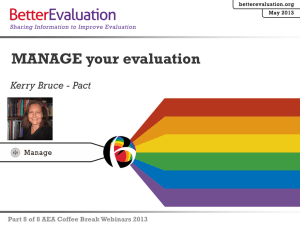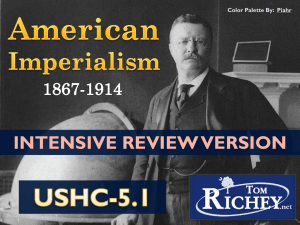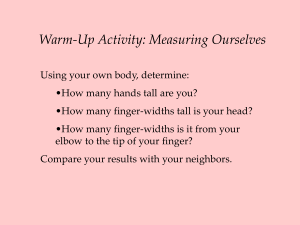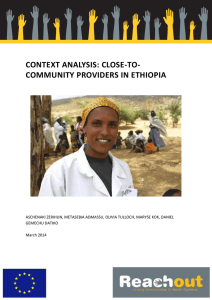Key Challenges in Ethiopia`s Health Extension
advertisement
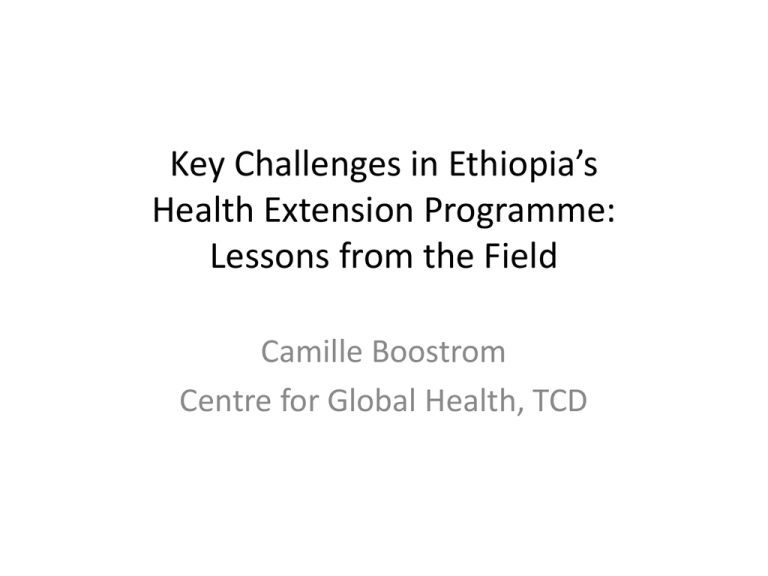
Key Challenges in Ethiopia’s Health Extension Programme: Lessons from the Field Camille Boostrom Centre for Global Health, TCD Map: António Martins • • • • • • • • Population 90 million 1.1 million sq km Population growth rate 2.9% 85% live in rural areas where infrastructure is poor 23% live on less than $1 per day Adult literacy 36% Life expectancy 56 years MOH – 60 to 80% of mortality rate is due to preventable diseases Figure: GHWA Photo: Morgana Wingard Health Extension Programme “A package of basic and essential promotive, preventive and selected curative health services, targeting households in the community, based on the principles of primary health care to improve the health status of families with their full participation, using local technologies and the skill and wisdom of the communities” Photo: Hans Brekling • • • • • Began in 2004 Have now trained 35,000 HEWs (majority female) 1 year of training Eligibility: 18 years old / Completed 10th grade Salary varies by region – 45 to 63 USD per month Photo: Gates Foundation U5MR has decreased from 123 in 2005 to 88 in 2011 Photo: Maren Jones Use of modern contraceptives: 14% of married women in 2005 increased to 28% in 2011 2005 – 38% children underweight 2011 – decreased to 29% Photo: Peter Duncan Jones 2005 – 47% of children were stunted 2011 – decreased somewhat to 44% Photo: UNICEF Canada • 2005 – 6% of babies delivered by a health professional • 2011 – 10% delivered by a health professional – Urban: 51% – Rural: 5% Photo: Indrias Getachew Work Overload Photo: UNICEF Canada Photo: One.org • • • • 2007 evaluation – half of HEWs felt that their pay was inadequate for their workload So what is a fair and realistic workload for 2 HEWs serving a population of 5000? How can volunteers working under HEWs further ease their burden? How can we ensure that HEWs deliver high quality care in priority areas, instead of continually increasing their burden of work? Regional Inequity Photo: AMREF Canada • • • Lower ratio of HEWs / population MOH needs to invest more resources in the 5 emerging regions Find innovative ways of adapting the HEP model so that it will work in a context of pastoralist / nomadic populations Supervision • Supportive supervision has been difficult to implement and maintain • 1 supervisor for 10 HEWs • Supervisors are nurses or environmental health professionals, only trained for two months • Supervision is based on a checklist • Separate supervision for the HEP and for CCM • MOH developing a model integrating these two and will be testing it in the coming months Photo: Indrias Getachew Photo: Lancet • • Improve training of supervisors to include more human resource management skills Implement care group model within existing supervision structure

